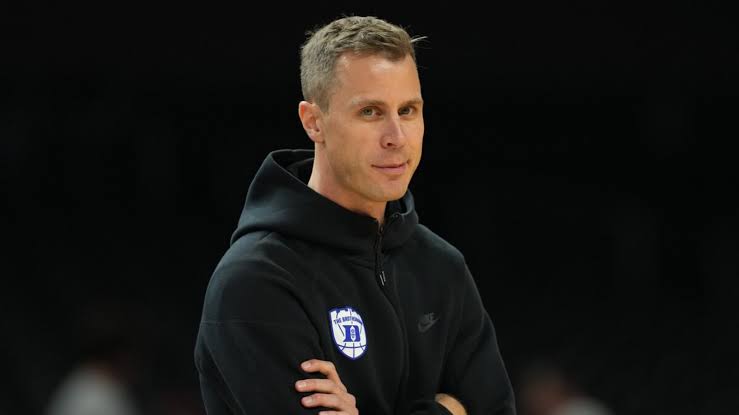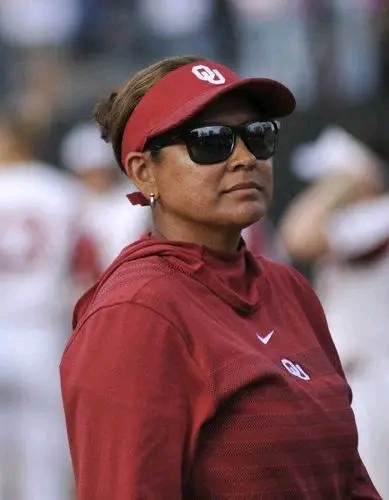
Cedric Coward’s decision to remain in the 2025 NBA Draft is one that could have ripple effects across college basketball — and nowhere will the impact be felt more directly than in Durham, where Duke head coach Jon Scheyer now faces a significant shift in his roster outlook heading into the 2025-26 season.
Coward, a dynamic 6-foot-6 forward known for his athleticism, defensive prowess, and high motor, had transferred to Duke after a breakout season at Eastern Washington. He was widely expected to be a key rotational piece — if not a starter — for a Blue Devils team that’s looking to blend top-tier recruiting talent with experienced contributors. His return was never guaranteed, but there was hope within the program that he might withdraw from the draft and help anchor a new-look Duke frontcourt.
Instead, Coward’s decision to stay in the draft leaves a noticeable void, not only in the lineup but in the overall structure of the team Scheyer is assembling for a critical season in his tenure.
Coward’s appeal to NBA scouts lies in his defensive versatility and intangibles. Though not a high-volume scorer, he has the tools that fit the mold of the modern 3-and-D wing: long arms, lateral quickness, and the willingness to do the dirty work. At Duke, he would have provided a stabilizing presence among a young roster brimming with talent but short on proven college production.
Without Coward, Duke’s defensive ceiling takes a hit. Scheyer now faces the challenge of finding other options to fill the minutes Coward was expected to play — likely at the three or small-ball four. The Blue Devils do return some pieces and have reloaded through recruiting, but replacing a player like Coward isn’t as simple as sliding in another blue-chip freshman.
In particular, Coward’s departure increases the pressure on Duke’s incoming freshmen to contribute right away. Players like five-star wing Marcus Jackson and versatile forward Eli Rivers will be asked to shoulder more responsibility on both ends of the court. While both have significant upside, neither brings the college experience or defensive polish that Coward offered.
Additionally, this development could force Scheyer and his staff to scour the transfer portal for a late addition. Though most high-impact transfers have already committed by late May, there’s still a chance Duke could land a veteran presence to help offset the loss. That, however, depends on the availability of the right fit — something not guaranteed this deep into the offseason.
Beyond the X’s and O’s, Coward’s decision also underscores the broader challenge facing modern college programs: roster instability. With players moving in and out of the draft, the portal, and NIL negotiations, building a cohesive unit has become more complicated than ever. For Scheyer, this is yet another test of his adaptability and recruiting acumen.
The 2025-26 season was already shaping up to be pivotal for Scheyer. After back-to-back strong recruiting classes but only modest postseason success, the pressure is on to return Duke to national championship contention. Coward was seen as a key bridge between raw talent and functional team success — a player who could defend, rebound, and lead by example. Without him, the path to that goal becomes more uncertain.
Still, Duke remains loaded with talent. Sophomore guard Caleb Foster is expected to take a big leap, and junior big man Sean Stewart offers interior toughness and rebounding. If the incoming freshmen click early and the coaching staff can find the right rotations, this team still has the potential to make a deep run in March.
Ultimately, Coward’s decision to pursue his professional dream is a positive reflection of Duke’s continued ability to attract NBA-caliber talent, even from the transfer market. But in the short term, his absence adds another layer of complexity to Jon Scheyer’s plans for 2025-26 — a season that may well define the next phase of Duke basketball’s evolution.




